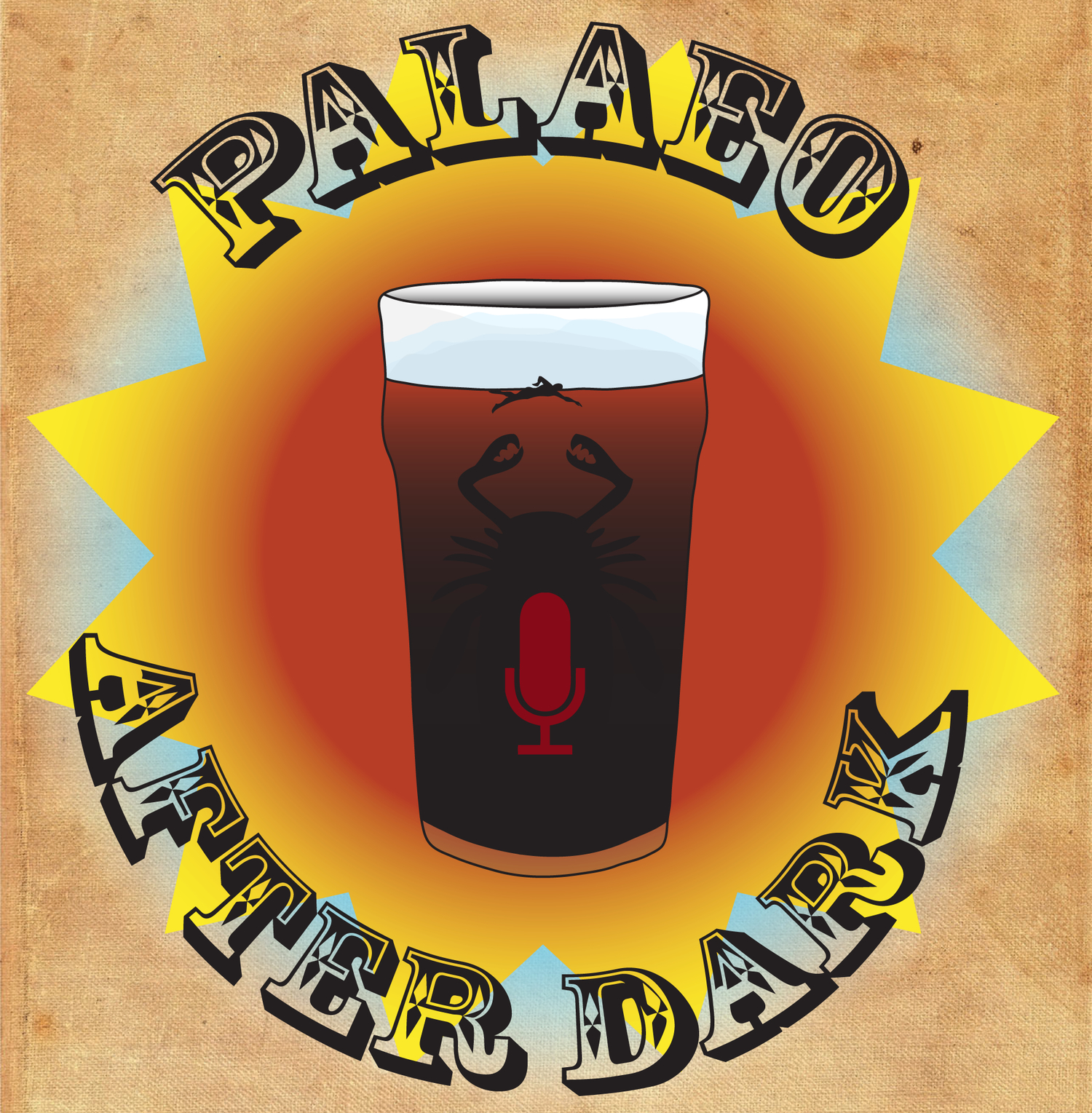Podcast 130 - Trace Fossil Diversity is Over 9000
/The gang discusses two papers that use ichnology (the study of traces left by animals) as evidence for biological diversity in regions where body fossils are not preserved. Also, Amanda and James have a vigorous debate about nouns while Curt retreats to his happy place, and everybody kind of vaguely remembers that thing from that one episode of Dragon Ball.
Up-Goer Five (Amanda Edition):
Today our friends talk about things that were once there but aren't now but you can still see where they were. Using these things that you can see where they once were, we can tell what these things were doing and what kind of place they lived in. A lot of the time we find the things that you can see where they once were, but we don't actually find the things themselves. That can mean a lot of different things. It might mean that the place they were living in was very small and didn't have a lot of space for lots of things to live in. It might mean that the place was not very good to live in and only a few things could live there. Our friends talk about a paper that says that things living in this one place were very different than things that probably lived in other places because the space was very different. Our friends also look at a paper that says someone found something of an animal that was once there but is not there now, and at the same time we have actual body pieces of the animal, just in different places. They think this thing that was left behind when the animal was once there but isn't there now means that this animal was in water. People don't know if this animal first showed up on land or in water and it seems like this should mean they first show up in water. These things that were made by something that was once there but isn't there anymore is really very good for showing things that might be around but we don't know for sure. Using these things we can show that sometimes things were around before we actually thought they were when we look at body pieces.
References:
Reolid, Matías, et al. "Ichnological evidence of semi-aquatic locomotion in early turtles from eastern Iberia during the Carnian Humid Episode (Late Triassic)." Palaeogeography, Palaeoclimatology, Palaeoecology 490 (2018): 450-461.
Marriott, Susan B., Lance B. Morrissey, and Robert D. Hillier. "Trace fossil assemblages in Upper Silurian tuff beds: evidence of biodiversity in the Old Red Sandstone of southwest Wales, UK." Palaeogeography, Palaeoclimatology, Palaeoecology 274.3-4 (2009): 160-172.

















